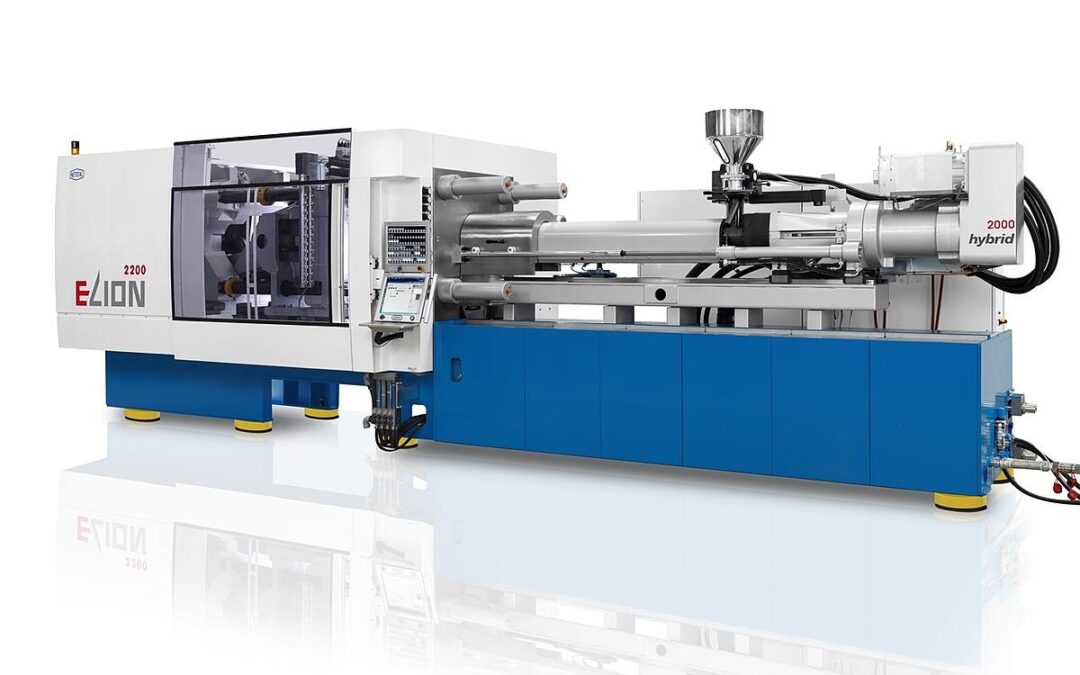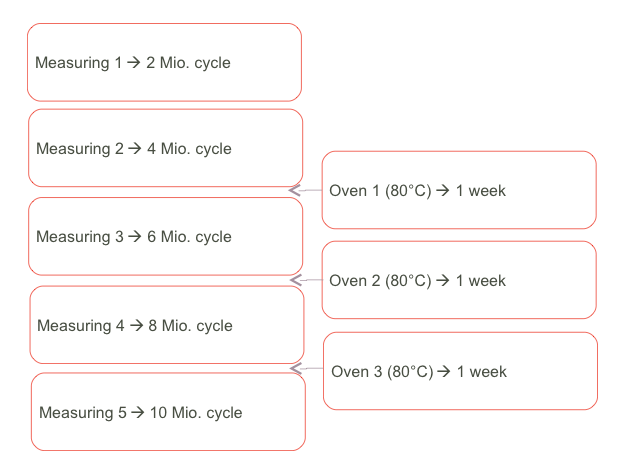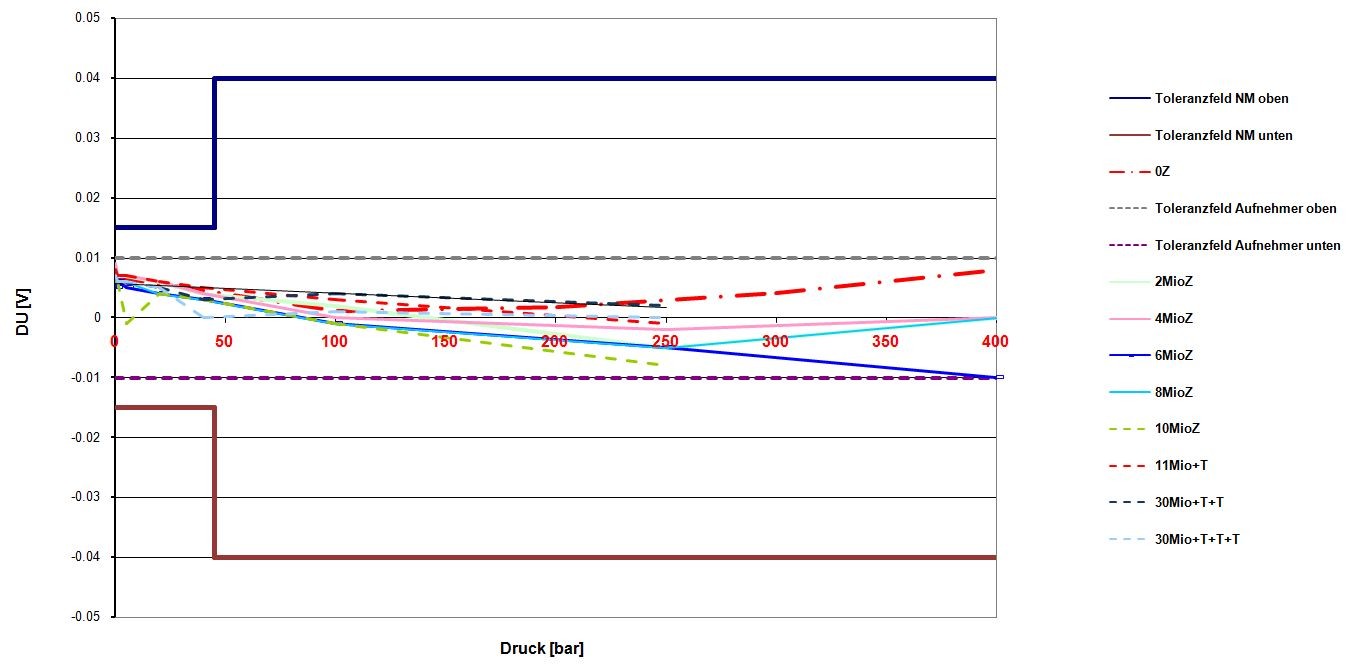
Pressure measurement on injection molding machines
Injection molding machines operate at the very highest of precision. The Swiss company Netstal-Maschinen AG offers high-performance and high-precision injection molding machines and system solutions for the beverages, packaging and medical technology industries. Pressure sensors manufactured by STS are installed inside these sophisticated devices.
With a plastics injection molding machine, finished plastic components are produced from plastics originally in granular form. A device such as this, in simplest terms, consists of two components: the injection unit and the clamping unit. The raw material is prepared inside the injection unit. As a general rule, this is heated and homogenized within a worm barrel positioned inside a hydraulic cylinder. Inside the clamping unit is a tool which represents the negative profile of the plastic component to be finished. The molding compound prepared inside the worm is then injected under pressure into this negative form.
Monitoring of the required pressure ratios is indispensable in guaranteeing a flawless injection molding process. Sensors for this purpose are thus mounted in the hydraulic circuit of the injection axis. The specific melt pressure can be calculated on the basis of the measured chamber pressure during the injection procedure itself. It is especially important here that sensor measurement error is extremely low, since the plastic pressure would otherwise then be calculated either too low or too high.
When the melt pressure is too high or too low,
- this influences the injected filling volume,
- the finished plastic component may be defective,
- it can lead to loss of material or tool damage,
- it can result in a standstill of the unit.
High-precision devices like the injection molding machines from Netstal-Maschinen AG require pressure transmitters delivering totally reliable output across the required measurement range. To find the best solution to such high demands, extensive tests were conducted using instruments from various manufacturers. Not only the precision of the measuring instruments was to be tested here, but also their long-term stability at high temperatures. The following measurement intervals were performed on the test bench:

Figure 1: Standardized testing procedure for evaluating a suitable pressure transmitter. Following four, six and eight million pressure cycles, the pressure sensors were each subjected to temperature stress (artificial aging).
The high precision ATM.1ST pressure sensor from STS achieved the best ratings during this thorough test in terms of tolerance, long-term stability, and accuracy and precision across the entire pressure and temperature range. Particularly decisive, above all, was that the pressure sensor, even over an extended period, had no issues with high temperatures and, in the lower pressure range, impressed with its extremely high precision.

Figure 2: Analysis of an STS pressure transmitter over time and temperature. OZ (Original Status – in red, dotted line) was applied as the starting point, the extended lines each after a fixed interval and the dashed lines take into account the aging process according to the testing procedure in Figure 1. The value Tolerance Range Sensor relates to manufacturer specification (data sheet), with the solid lines Tolerance Range NM representing the target values of the analysis.
A further advantage of the ATM.1ST is that it can be easily adapted to individual applications due to its modular construction. The data in summary:
- Pressure measurement range: 100 mbar … 1,000 bar
- Relative and absolute measuring ranges
- Accuracy: ≤ ± 0.10 / 0.05 % FS
- Operating temperature: -40 … 125°C
- Total error: ≤ ± 0.30 %FS (0 … 70°C)
- Materials: Stainless steel, titanium